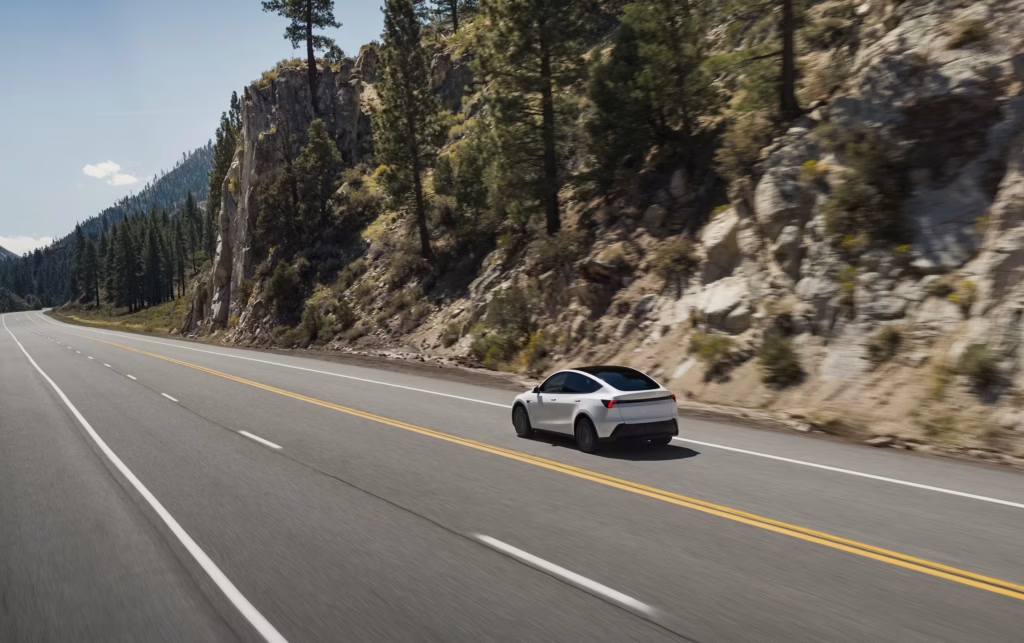
In a significant move to boost volume and widen its customer base, Tesla has officially unveiled new, more affordable base models for its two best-selling vehicles: the Model 3 Standard and the Model Y Standard. This strategy makes the barrier to entry for a new Tesla lower than it has been in years, though it comes with some calculated feature adjustments.
The new “Standard” trims are designed to be the ultimate pragmatic choice, offering the core Tesla driving experience—great efficiency, superior tech, and access to the Supercharger network—at a much friendlier price point.
The New Price of Entry: The Numbers
The pricing for the new Standard trims shows a clear commitment to making a dent in the mass-market segment:
| Model | Starting Price (MSRP) | Savings vs. Previous Base Model |
|---|---|---|
| Model 3 Standard RWD | $36,990 | Approx. $5,500 |
| Model Y Standard RWD | $39.990 | Approx. $5,000 |
Prices are subject to change and exclude destination/order fees.
For the first time in a while, a brand-new Tesla sedan starts under the $40,000 mark, and the world’s best-selling EV, the Model Y, is only a few thousand dollars more.
What’s Under the Hood (and In the Cabin)?
To achieve these significant cost savings, Tesla has strategically de-contented certain features, focusing on parts that are costly to produce or that fewer buyers use regularly.
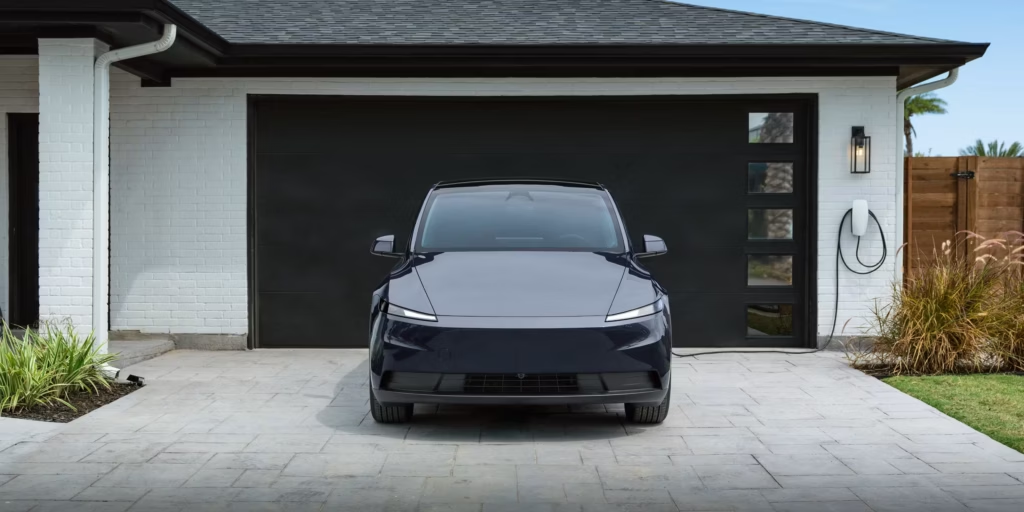
Performance and Range
The core electric performance remains strong, but with a slight trade-off to keep the battery cost down:
- Model 3 Standard Range (Est.): 321 miles (EPA est. range)
- Model Y Standard Range (Est.): 300+ miles (EPA est. range)
While the range is slightly less than the newly renamed “Premium” RWD variants, these figures still put the Standard models comfortably ahead of many competitors in the sub-$45,000 category.
Key Feature Adjustments
The most noticeable changes are found both on the exterior and inside the cabin:
| Feature | Change in Standard Models |
|---|---|
| Roof | Model Y replaces the panoramic glass roof with a metal roof and fabric headliner for cost and efficiency. Model 3 keeps the glass roof, but covers the interior with a headliner. |
| Interior Materials | Seats swap some of the vegan leather for textile inserts to save costs. |
| Rear Seating | The 8-inch rear touchscreen is removed, replaced by manual air vents. Rear-seat heating is also cut. |
| Steering Column | Adjustments switch from electric to manual operation. |
| Exterior Lighting | Front and rear light bars are removed for a simpler, integrated lighting design. |
| Wheels | Standard comes with a newly designed set of 18-inch wheels and aero covers. |
The Verdict: A Smarter EV Play
This is Tesla’s most pragmatic response yet to a rapidly evolving EV market. With competition from rivals like the Chevrolet Equinox EV and a tightening global economy, these “Standard” trims are aimed squarely at:
- First-Time EV Buyers: Individuals and families looking for the reliability and charging ecosystem of a Tesla without the luxury price tag.
- Volume Growth: The price reduction makes it easier for Tesla to maintain its production goals and defend its market share as government incentives phase out.
While some enthusiasts may mourn the loss of ventilated seats or the full glass roof experience, the Model 3 and Model Y Standard successfully deliver the essential Tesla package—performance, range, and industry-leading software—at a price that truly moves the needle for the mainstream consumer. The era of the “affordable” mass-market Tesla has finally arrived.
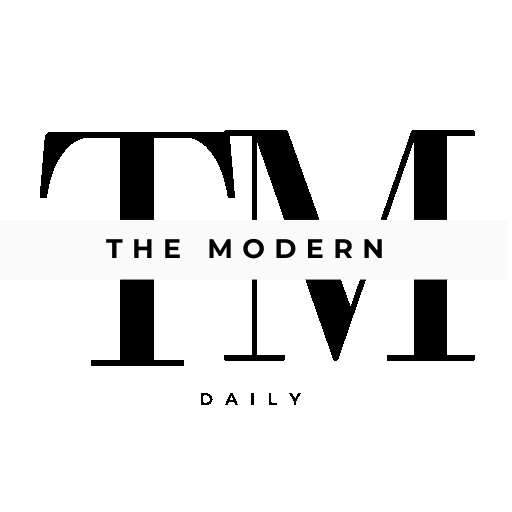
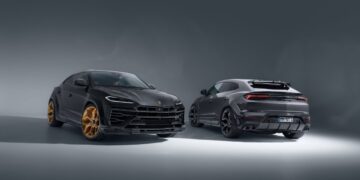
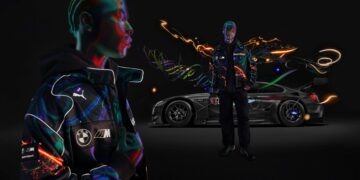
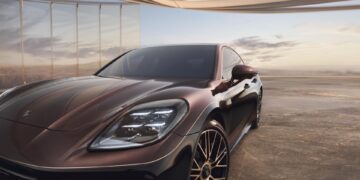
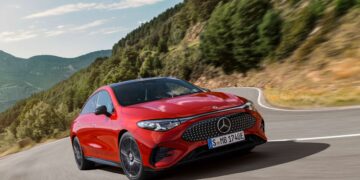
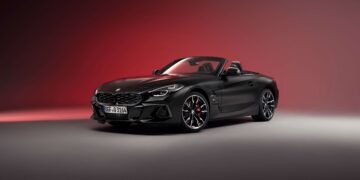

Comments 1